
Main Types of Roman Coins
Main Types of Roman Coins – A Collector’s Guide When you first get into Roman coins, all the different sizes and metals can be a bit…
Read article
Main Types of Roman Coins – A Collector’s Guide When you first get into Roman coins, all the different sizes and metals can be a bit…
Read article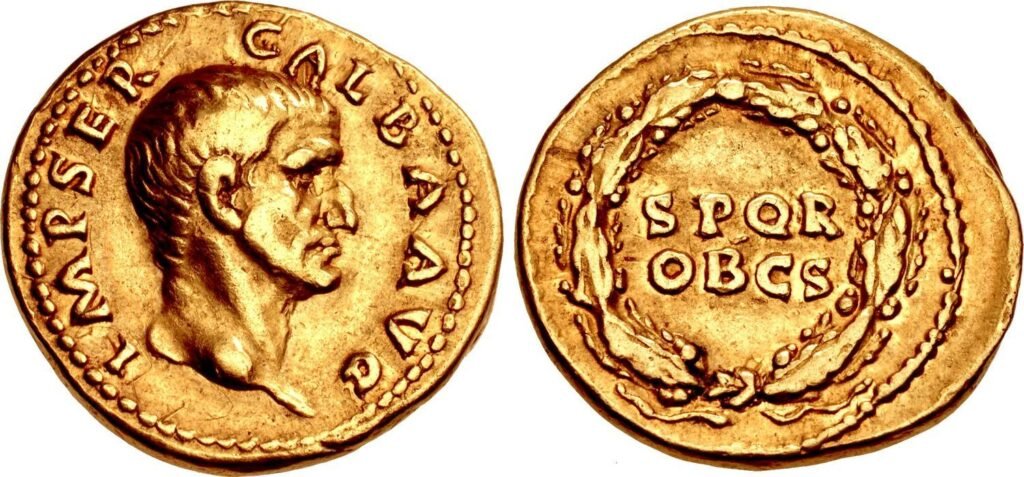
Roman Coins Value: A Collector’s Journey Through Time and Treasure Why Roman Coins Still Steal the Show Roman coins value! There’s a moment every collector knows.…
Read article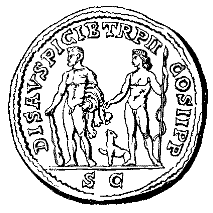
How to Identify Ancient Roman Coin? I still remember the first time of identify ancient Roman coin. It was small, dark, and covered in tiny worn-out…
Read article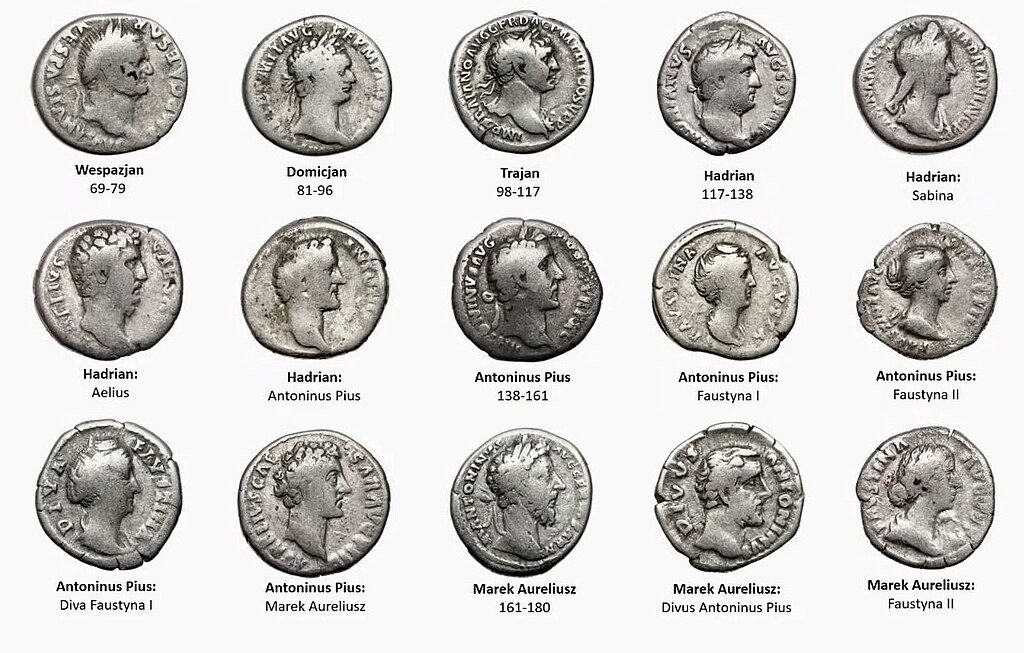
Roman Coin Identification Guide: A Collector’s Honest Walkthrough A while ago, I bought a Roman coin from an old dealer at a flea market. I didn’t…
Read article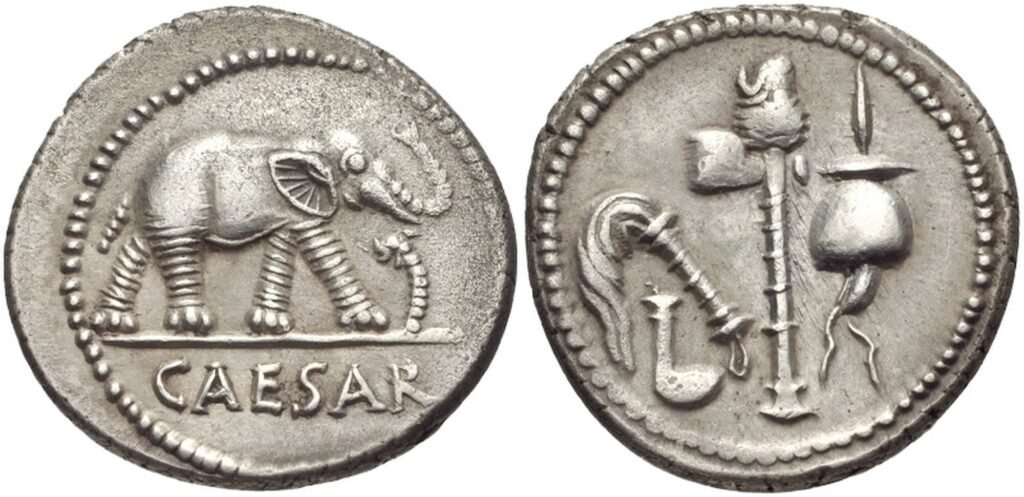
Top 25 Roman Silver Coins: A Collector’s Treasure List Roman silver coins—especially the denarius—offer collectors an unmatched glimpse into the empire’s wealth, propaganda, and artistry. These…
Read article
Roman Coin Minting: The Hands That Struck Rome’s Coins Roman coin minting was a hands-on process that turned raw metal into imperial power, crafted by slaves,…
Read article
Top Ancient Coins from the Roman Republic: A Collector’s Personal Guide Roman Republic coins aren’t just metal—they’re ancient messengers from a world on the brink of…
Read article
Identify Roman Coins – A Real Collector’s How-To If you’ve ever stared at an ancient Roman coin and thought, “Who is this guy?” — you’re not…
Read article
Roman Coins and Their Values: A Collector’s Guide Through Time If you’ve ever held a Roman coin — even a simple bronze As — you’ve held…
Read article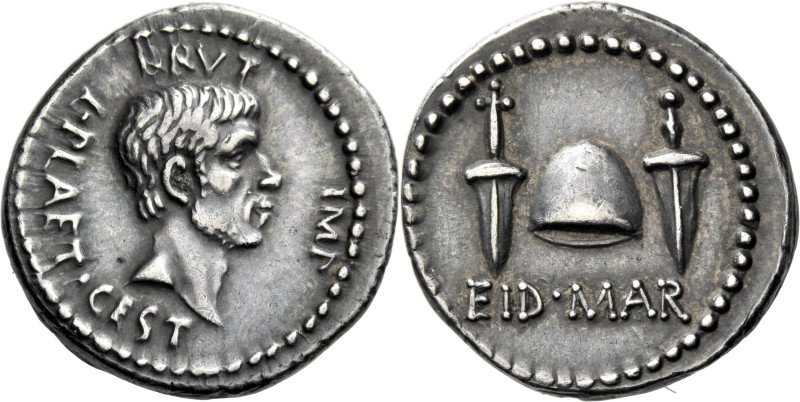
The EID MAR Denarius: Rome’s Most Infamous Coin Some coins are rare. Some are beautiful. And then there’s the EID MAR denarius — a silver coin…
Read article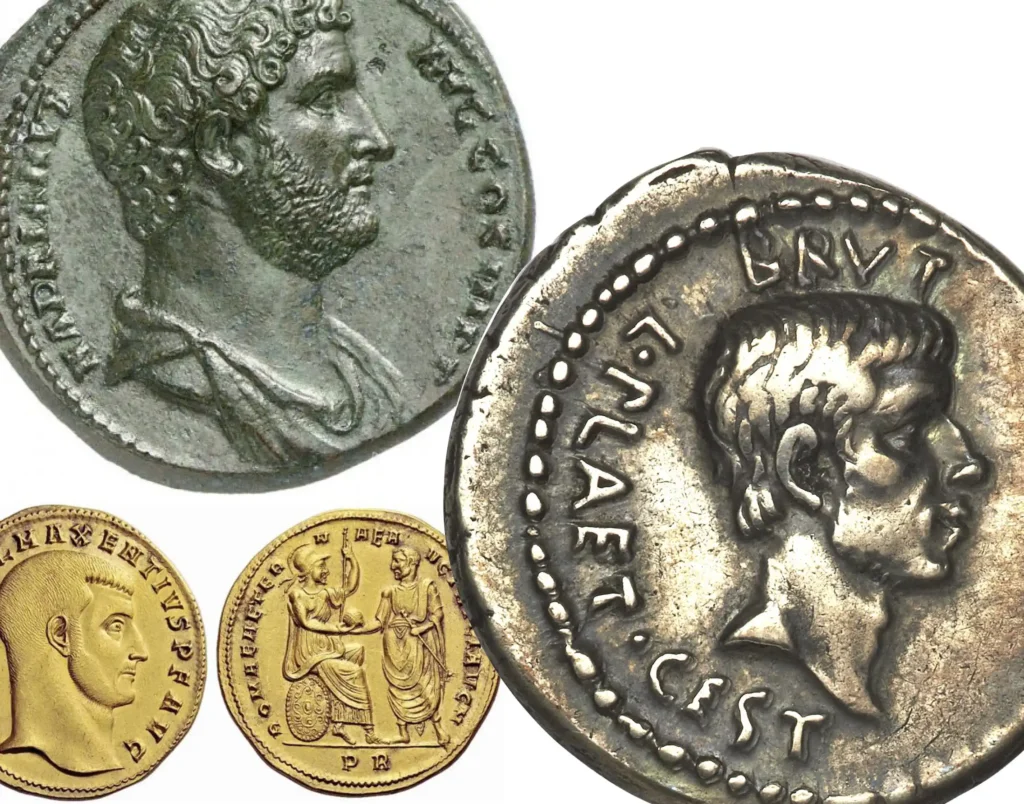
Rare Roman Coins: The Ultimate Collector’s Guide Roman coins aren’t just relics — they’re time travelers in metal form. Every once in a while, a particular…
Read article
Roman Coins: Pocket-Sized Propaganda So, the Roman coinage, ever dug a coin out of your pocket and glanced at it? In Rome, that casual glance was…
Read article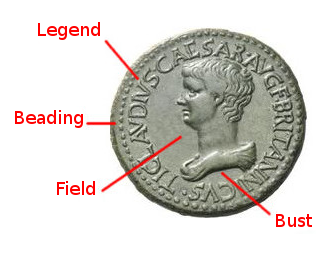
How to Identifying Roman Coins – A Comprehensive Guide This guide will walk you through the key features of identifying Roman coins, how to distinguish different…
Read article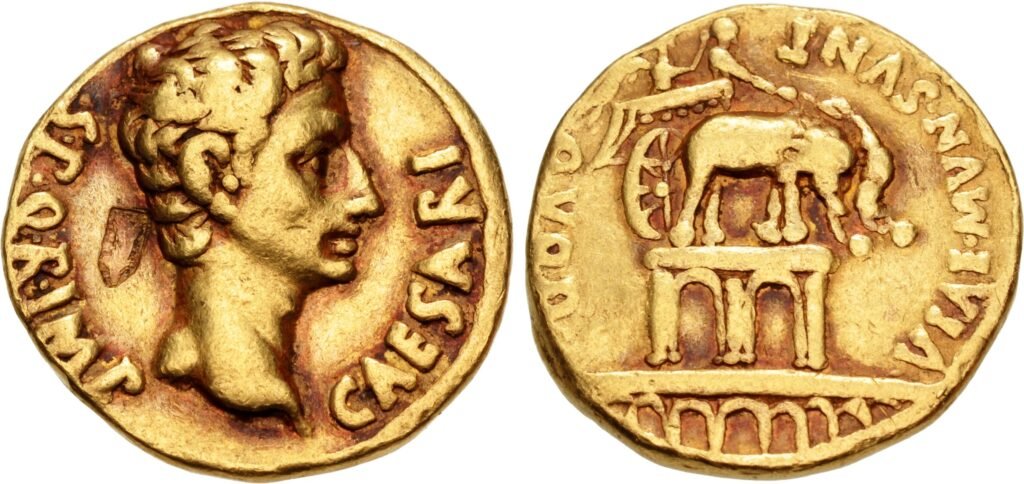
A Brief History of Roman Coins Early Coinage Origins – The Republican Period Long before Rome was the superpower of the Mediterranean, money looked a lot…
Read article